Did you know that construction sites in Egypt may hide over 1000 potential dangers daily that go unnoticed? This startling reality reveals why safety equipment is more crucial than ever.
As infrastructure in Egypt booms, there’s no time like now to delve into the essential gear that keeps workers safe amid rising risks and standards.
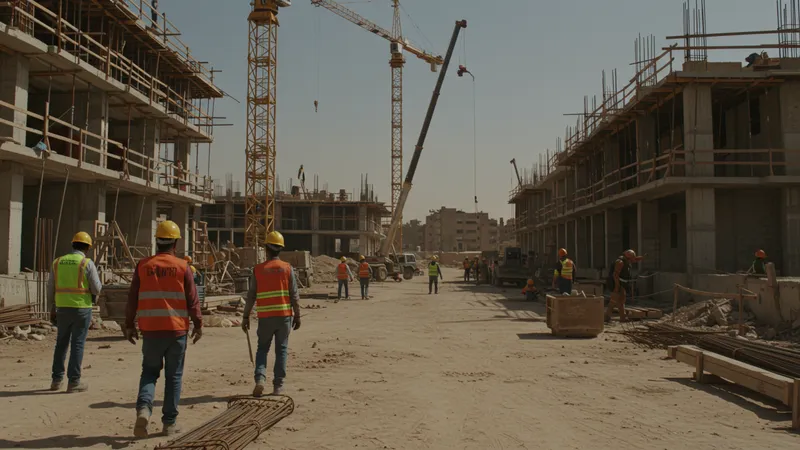
Usually, when you think of Egypt, ancient pyramids come to mind, but today’s modern skyscrapers present unforeseen hazards. From slips to falls, the unique site conditions demand state-of-the-art safety gear. The construction workforce is more at risk than you might believe. What’s shocking is not just the number of injuries but how many could be prevented with adequate equipment. But that’s not even the wildest part…
Regulations in Egypt require workers to wear specific protective gear, yet gaps in enforcement see many sites lacking. This inconsistency highlights a boundary between standard practice and optimal safety. When equipment like the Helix Helmet is used, injury rates plunge. The effects of not adhering to these safety measures? Surprisingly severe. But what’s next shocked even the experts…
Helmets are a staple on construction sites, but the technology behind these protective hats has evolved significantly. In Egypt, the Helix Safety Helmet is not just about a hard shell; it features electronic sensors that alert safety officials at the first sign of a fall. Although this tech is akin to science fiction, it’s quickly becoming a reality, marking a dramatic shift in how these sites function. But there’s one more twist…
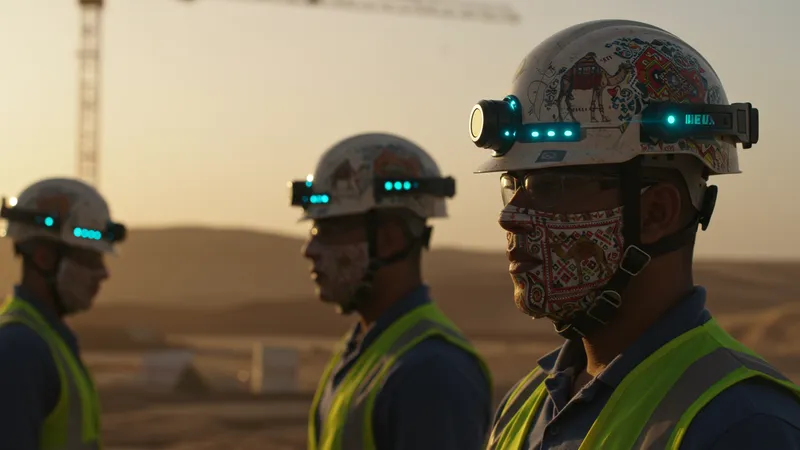
The Camel, a seemingly archaic method of transportation in desert locales, influences helmet design. Designers have incorporated traditional camel regalia techniques into helmets, delivering comfort and stability in soaring temperatures. This cultural adaptation offers more than meets the eye, adding a layer of local craftsmanship. Yet, there’s another helmet innovation that overshadows this…
A recent University study found that helmets with built-in impact sensors reduced injury time by over 50% on-site. This finding emphasizes not only technological advancement but also a stark revelation — many accidents possibly go unreported or misclassified due to outdated practices. The seamless integration of such features promises a safer future, but it also poses the question of sustainability in these worn yank developments…
Some might question if these helmets are a necessity or a luxury. In areas where resources are thin, the tool’s price versus its protective promise leaves stakeholders torn. But as technology becomes cheaper, the line blurs. What you read next might change how you see this forever.
High-visibility vests seem basic, but they often mean the difference between life and death on bustling construction sites. However, in the dazzling Egyptian sunlight, these vests have been revamped with UV protection, making them indispensable under harsh sun rays. It’s not just about being seen; it's about shielding oneself from the elements. But could they do even more?
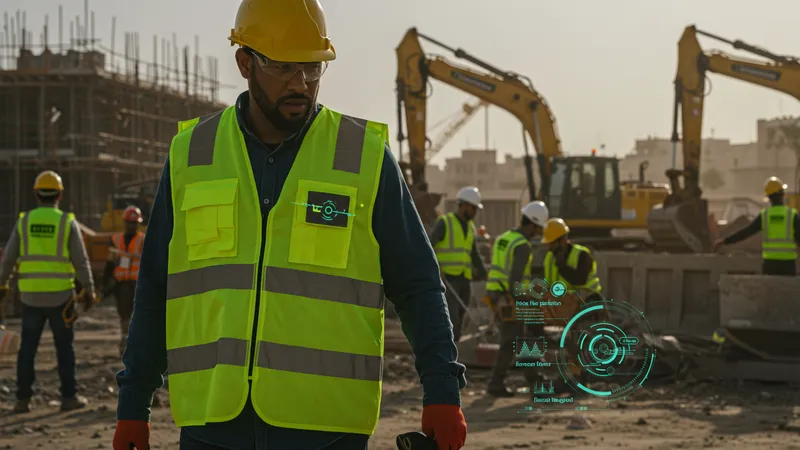
Integrated into these vests are advanced microchips that can track a worker’s movement patterns, ensuring efficiency and safety. The data, analyzed in real-time, provides insights into worker positioning, reducing the risk of accidents from machinery. This advancement proves that even the simplest apparel can hold the key to more advanced safety solutions. But, there’s a surprising downside…
Cost can sometimes cloud judgment, with cheaper, less effective alternatives infiltrating the market. While they may look similar, they lack critical innovations like sweat-absorbing linings and GPS tracking. This creates an unsafe environment where workers believe they’re protected but aren’t. Addressing these disparities could revolutionize safety standards altogether. Yet, here's an alarming stat…
In 2022, over 40% of construction mishaps linked back to human error were attributed to miscommunication or lack of visibility between workers. High-visibility vests with integrated communications gadgets help dispel this notion. They aim to synchronize team efforts comprehensively, elevating both morale and safety. What happens next in this gear saga is even more compelling…
The humble boot has undergone a makeover on Egyptian construction sites, transforming from basic footwear to a sophisticated piece of safety equipment. Known brands now incorporate anti-slip technology, thick toe caps, and electric shock resistance that safeguard workers amid unpredictable environments. This isn’t just about aesthetics but a nod to evolving site safety paradigms.
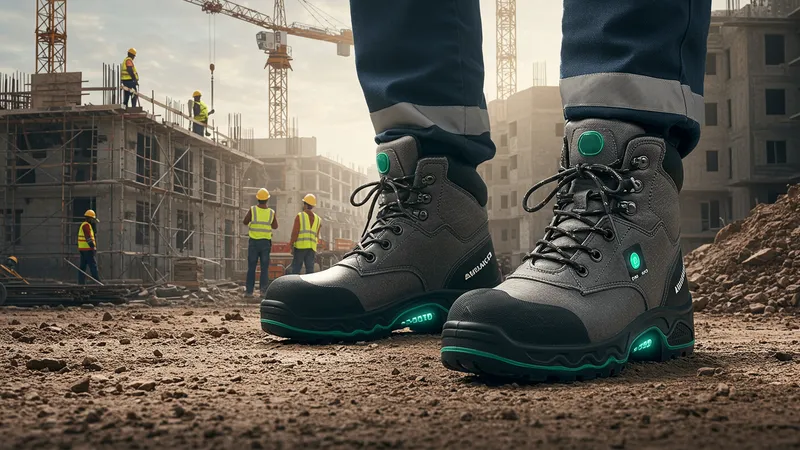
These boots now feature built-in pressure sensors, alerting wearers to irregular terrain that could lead to slips or trips. In environments where stability is a game-changer, such advancements have reduced ankle injuries significantly, underscoring the importance of proactive safety gear. Yet, there's still something that could catch you off guard…
However, their innovative design has stirred controversy regarding the reliance on tech-laden footwear. While advancements undeniably prevent incidents, the question arises: are conventional skills being undermined by over-dependence on technology? It’s a delicate balance between enhancing safety and preserving essential on-ground skills. And this debate is only intensifying…
With top-tier footwear now accessible, there's a hopeful shift towards reduced injuries. Yet paradoxically, reliance on these advanced boots might lead to complacency concerning traditional safety awareness. Navigating this space requires careful calibration. What you find out next could redefine your perspective on the true cost of progress on-site…
Drones have quietly revolutionized safety management on Egyptian construction sites, once viewed merely as a plaything or luxury tool. Equipped with thermal cameras and 3D mapping capabilities, they now offer unprecedented aerial insights into site dynamics. It’s more than just viewing things from above; it’s a whole new level of surveillance.
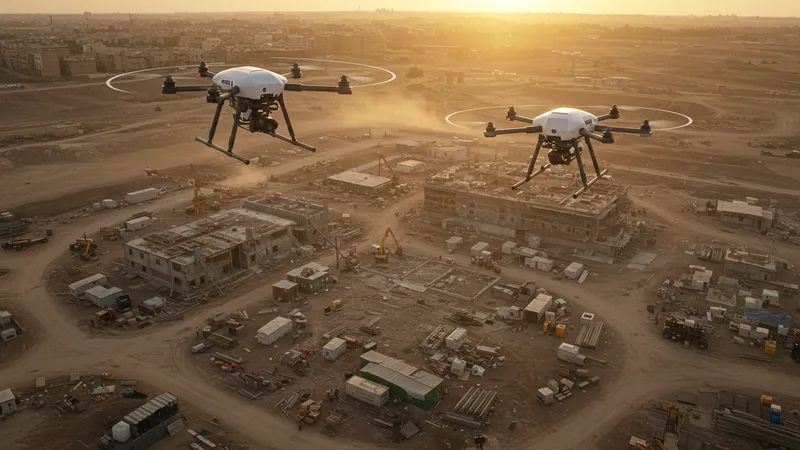
These devices can pinpoint potential hazards and provide aerial surveillance of hard-to-reach places, ensuring that risky areas are monitored continuously. With drone technology, safety managers can predict and prevent accidents before they happen, transforming the safety landscape in ways previously unimaginable. But, could there be more to this story?
The use of drones has sparked debates regarding privacy and job displacement concerns. While they’re a valuable asset for safety, some argue that they erode human involvement and could eliminate traditional site roles. The challenge lies in integrating drone usage harmoniously with human efforts, which remains a controversial issue…
Despite these concerns, the overarching question remains: do drones foster a more secure working environment? For now, the answer tilts toward ‘yes,’ as they’ve considerably streamlined safety protocol adherence. But the ultimate impact on job roles and privacy fundamentals isn't yet fully realized. What you find out next might redefine how you perceive technology’s place in construction…
Safety harnesses, often considered standard equipment, have grown leaps and bounds into fascinating tech-wearables. They go beyond safeguarding workers against falls, encompassing innovations that signal when worn improperly, mitigating potential hazards preemptively. This iteration on classic gear shows how old standards adapt over time.
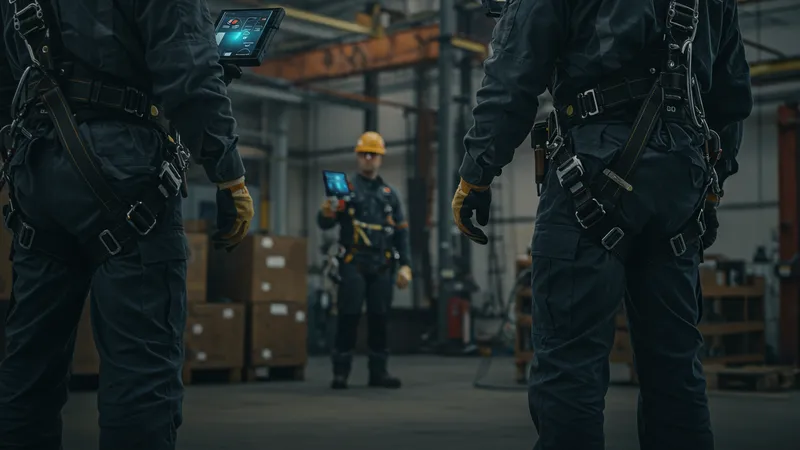
Some harnesses now come equipped with alert systems that sound alarms before a mishap occurs, marking a shift from reactionary to preventive safety measures. Factory-installed with GPS, they provide protective redundancy, reinforcing their indispensability beyond basic expectations. Yet, there's a twist...
Interestingly, the reliance on these smart harnesses raises questions about their durability against harsh conditions typically observed on Egyptian sites. Critics argue that integrated electronics could falter under excessive heat and sand exposure. Could this mean a return to more traditional equipment? That remains an open discussion.
Nevertheless, statistics show that where implemented, such harnesses drastically reduce onsite accidents. As their application increasingly becomes the norm, understanding their limits and capabilities becomes imperative. What this development heralds could alter safety monitoring forever…
At first glance, gloves may seem like an afterthought compared to helmets and harnesses, but the right pair can be a last line of defense against severe hand injuries. Developed to withstand punctures and slashes, modern gloves on Egyptian sites now feature advanced materials that also resist electrical hazards.
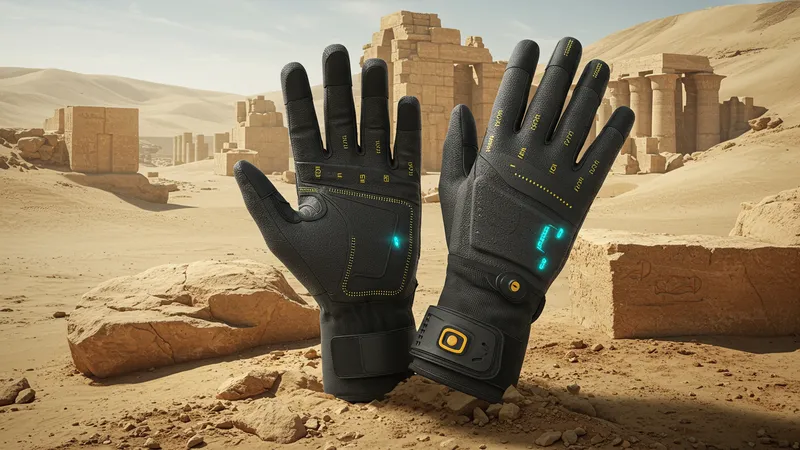
The subtle evolution doesn’t end there; some gloves are now equipped with tactile feedback sensors. These innovations allow for more precise handling of equipment, reducing mishaps significantly. This advancement, however, introduces complexities in terms of maintenance and reparability on-site.
Such expensively engineered gloves might lead teams to question their replacement frequency. With better durability comes a greater responsibility to keep them in condition. Could the balance between high-tech gloves and traditional fibers necessitate a rethink among budgets? It's a possibility worth exploring.
Ultimately though, the trend is clear: as safety standards evolve, so too does the apparatus meant to keep hands safe, highlighting the theme of responsibility in innovation. Continuing down this path will certainly see gloves becoming a staple in tool kits across sites, but at what cost?
Face masks, an accessory magnified by global events, have also redefined their position on construction sites, especially under Egypt's sandy conditions. Far more than simple dust guards, masks now incorporate air quality sensors, providing real-time analysis of the atmosphere.
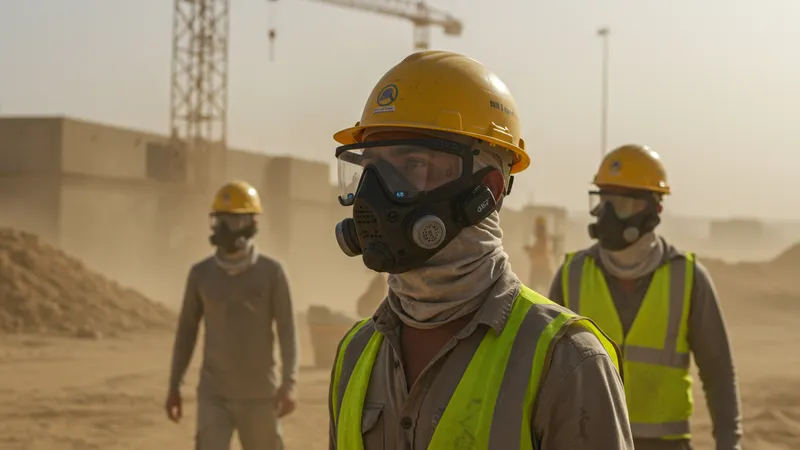
This leap forward ensures workers aren’t exposed to harmful substances, offering peace of mind alongside physical protection. Yet, the rapid acceptance of technologically advanced masks presents unforeseen challenges related to power dependency and material durability.
The prospect of managing these advanced masks opens up dialogues about feasibility, especially in resource-constrained settings. What cost factors become barriers versus mere adaptations? The question remains whether high-tech masks will see wide-scale adoption given their ongoing maintenance needs.
Interestingly, while air quality hazards haven’t significantly shifted, global health consciousness has soared. Cementing masks in protective arsenals showcases a shift in priority — from simple functionality to comprehensive protection assurance, yet this comes with trade-offs and lessons to learn.
On the surface, guardrails are definitive markers of safety on construction sites, but beneath the surface, a myriad of innovations ensure they're not just solid barriers but intelligent safety enforcers. Today’s guardrails incorporate alarms upon impact to alert the surrounding workers of potential breaches in site perimeters.
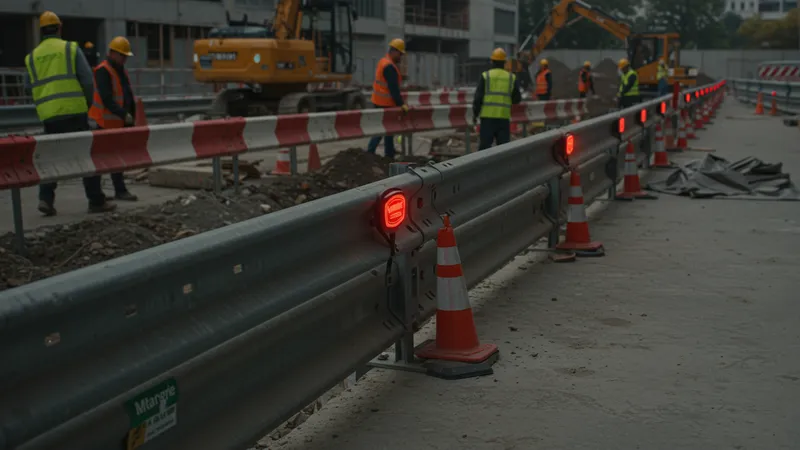
This evolution from passive to active safety measures highlights an era where equipment is not just a static deterrent but becomes a dynamic participator in worker engagement. These impactful technologies are proof that even the most fundamental tools can evolve.
Other seemingly trivial additions like safety cones now encompass reflective materials and motion sensors, emphasizing 'caution' beyond their visual alert. Once considered staples have transformed, expanding their protective functionalities tenfold.
The spectrum of improvements leaves us questioning how creatively such evolutions unfold. The undeniable effectiveness of intelligent safety gear means Egyptian sites navigate and manage risk like never before. But this is not without implications for budget allocations and conceptual planning.
Reflective clothing has transcended its conventional function with embedded light strips that illuminate workers during night operations or in shadowed areas within construction sites. This visibility extension supports both safety and operation efficiency, presenting a case of fashion meets function.
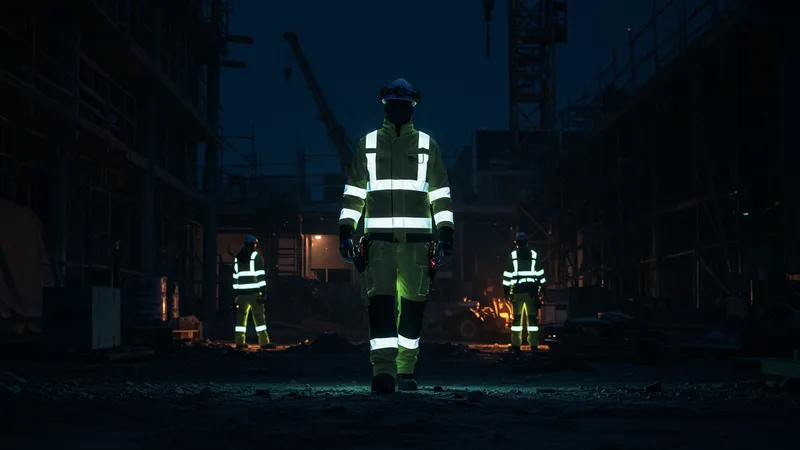
This glowing technology not only enhances security but signifies a growing trend where safety gear morphs into essential operational tools. However, these advancements eventually challenge power management and cross-compatibility through practical constraints.
As costs lower and garments become trendier, a new culture in safety fashion emerges. Reflective clothing could redefine workwear aesthetics to appeal more broadly outside their core intent, driven by safety as much as style.
Beyond pure functionality, it poses the question of adaptability and longevity in fast-paced environments. As workplace fashion changes, could there be a reshaped landscape where safety emphasizes design and performance in equal measures?
While often overlooked, hearing protection is another critical part of construction site safety that goes beyond mere ear defenders. Recent innovations in noise-canceling headphones provide tranquility even amidst cacophony, improving focus and reducing stress.
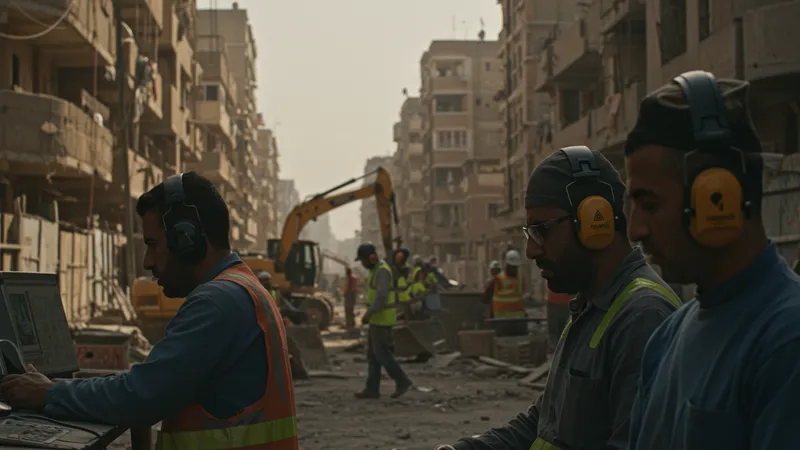
In Egypt, the necessity for such equipment is vast, with city construction sites operating near bustling urban centers. Enhanced auditory gear underscores the importance of being agile in rapidly shifting environments.
Still, this introduces a dilemma concerning total isolation from surrounding noises — could this impair workers' sensory awareness of other dangers? Balancing communication needs and sound insulation becomes a pressing concern.
This evolving narrative highlights how protective equipment extends far into psychological well-being, addressing broad safety needs. It’s a revelation that underlines the nuanced landscape of site safety — a domain ripe for continued exploration and discovery.
Despite their industrial setting, shoes or boots on Egyptian construction sites reveal surprising versatility as they integrate style with safety. Boots feature reinforced steel toes alongside contemporary designs that match both corporate and site attire.
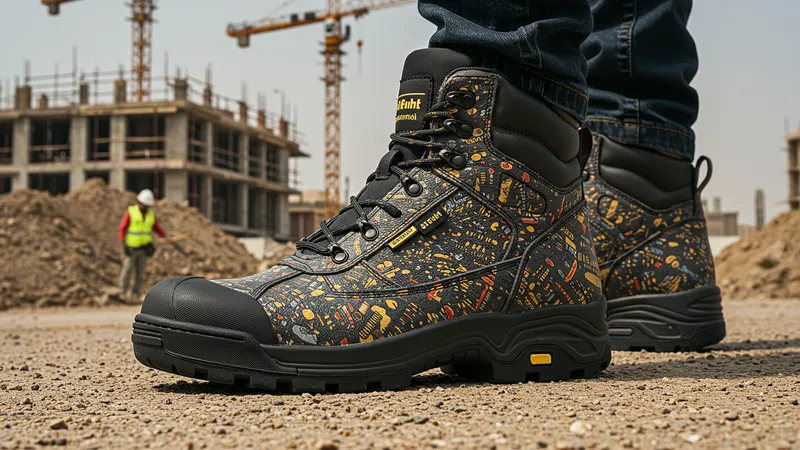
By adding touches of modern aesthetics, these advanced work boots have become status symbols, lending a fashionable flair to Plain Jane PPE (Personal Protective Equipment). Eye-catching designs do not compromise functionality or safety.
The real story lies in how these boots withstand Egypt's harsh environments without compromising comfort or efficiency. Highly adaptable to various landscapes, these shoes now stand as an emblem of pragmatic innovation.
They provoke deeper discourses on how personal expression merges with occupational diligence to maintain prescribed safety metrics. The outcome? A future where everyone commands duality in the workplace through cutting-edge, stylish yet protective gear.
The realm of construction safety is being reshaped by wearables that monitor vital signs and alert medics to potential health issues before they become critical. These include pulse monitors and temperature sensors used directly on sites.
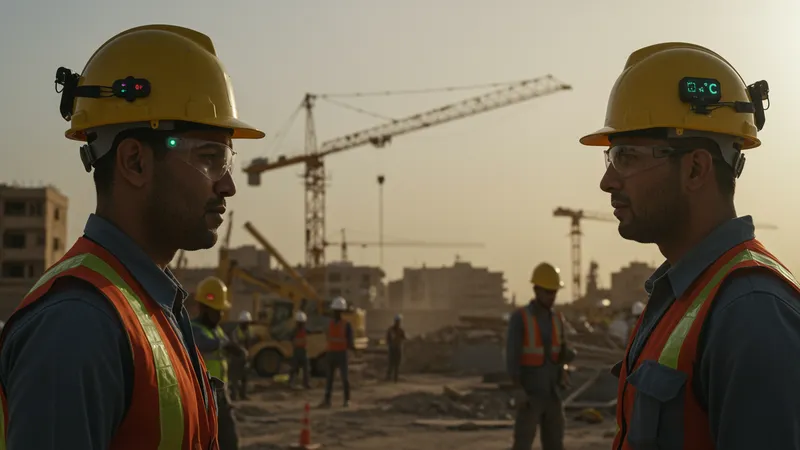
They play a critical role in safeguarding against occupational risks like heatstroke and hypertension, especially given Egypt’s soaring temperatures. Adoption of this technology translates abstract safety promises into tangible results.
Yet, real challenges find breeding grounds in data management protocols and privacy considerations, raising integral discussions about the balance between transparency and personal boundaries.
The initiative redefines the pinnacle of occupational safety, merging healthcare with everyday tasks at an unprecedented scale. These bold strides towards efficient safety paradigms push the envelope concerning all that construction safety can be.
Evidence mounts that safety gear rewrites the rules of construction sites across Egypt, as seen through evolving technologies and their integral work performance improvements. These advances have drastically reduced injury outcomes, escalating a new dawn of safety standards.
What remains is a substantive dialogue synonymous with change: will stakeholders fully invest in continued innovation?’ Sharing, bookmarking, or acting upon this knowledge can spark a revolution in site safety worldwide, ultimately leading to even greater advancements and protection than seen today.